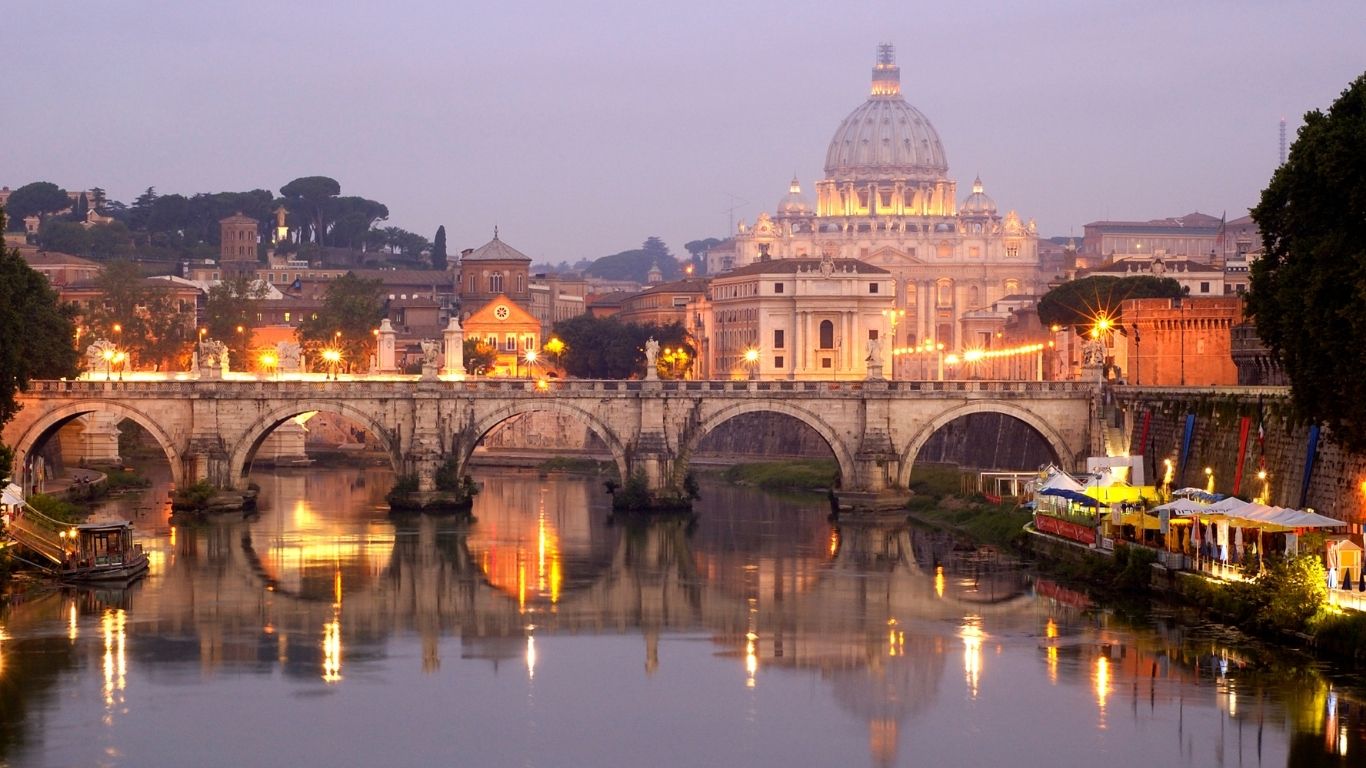
Where to Take the Best Photos in Rome? Our 10 Must-See Spots
Our 10 Must-See Spots for Picture-Perfect Memories
Italy's capital and most populous comune is Rome. It serves as the administrative hub for both the Metropolitan City of Rome and the Lazio region. The imperial city has beautiful locations and is teeming with historical, artistic, and cultural treasures. It has a ton of beautiful locations! Although it is difficult to pick just ten, we have compiled a list of our top ten locations for stunning photos while you're there.
We're sharing our top picks for breathtaking photo spots in Rome in this guide. In order to avoid crowds and capture the ideal light, we also advise you on the best time and method to visit each location.
Let's take a tour of the city's most picturesque locations, ideal for making memories along the way.
1. Colosseum
Located directly east of the Roman Forum in the center of Rome lies the elliptical Colosseum amphitheater. Despite its age, it is the largest standing amphitheater in the world and is the largest ancient amphitheater ever constructed. Emperor Vespasian (r. 69–79 AD) started construction, and Titus, his successor and heir, finished it in AD 80. During Domitian's rule, additional changes were enacted. Later, classicists and archaeologists dubbed the amphitheater the Flavian Amphitheatre since it was associated with their family name (Flavius), and the three emperors who sponsored the work are known as the Flavian dynasty.

- Why is it exotic? 🤔
An epic Roman arena that still stands tall after 2,000 years. - Best time to visit 📅
Early morning for soft light and fewer tourists. - Photography tip 📷
Shoot from across the street to show its full shape.
2. Roman Forum
The Roman Forum is a rectangular forum (plaza) in the center of Rome that is encircled by the remains of several significant historic government structures. Originally a marketplace, this area was known to the ancient city's residents as the Forum Magnum, or just the Forum. On or close to the Forum stood several of the ancient city's most significant and historic buildings. On the southeast border of the Roman Kingdom were the first temples and shrines.
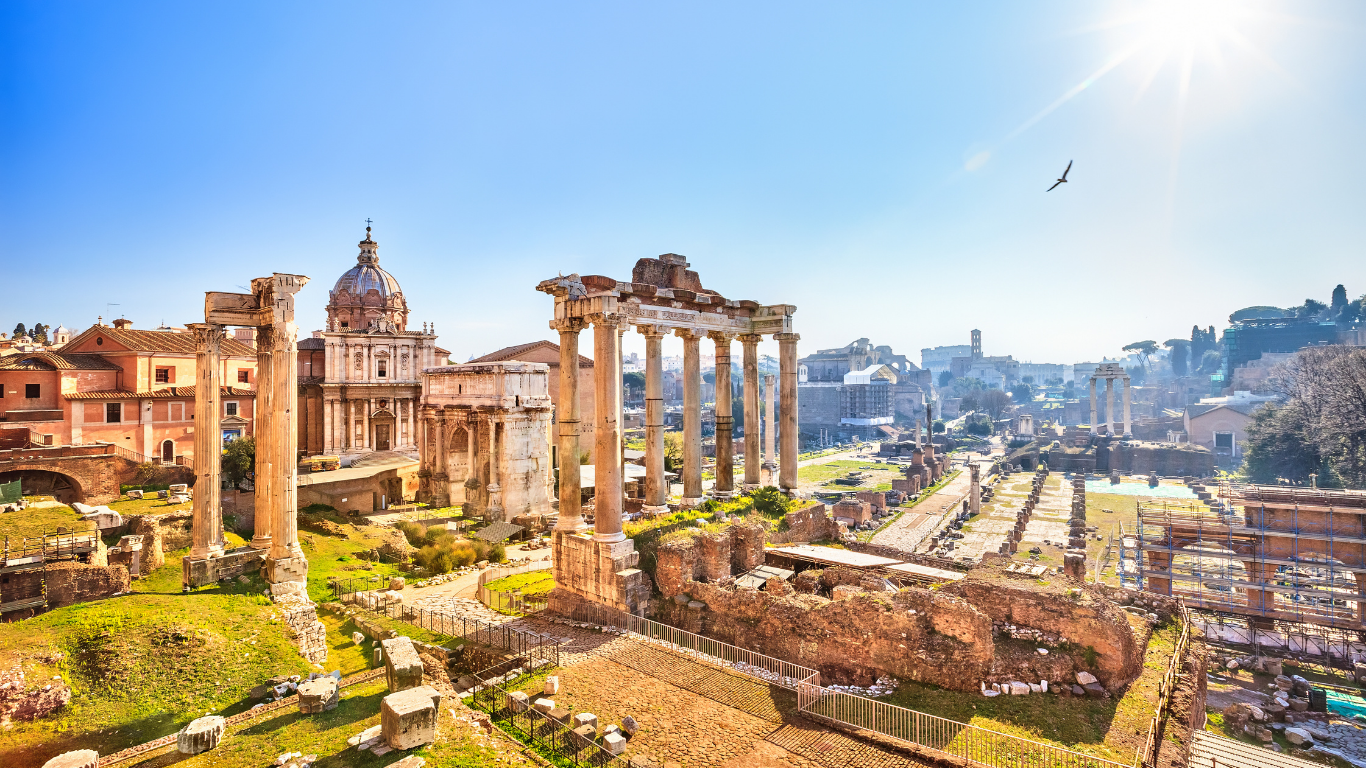
- Why is it exotic? 🤔
Ruins of temples, arches, and ancient streets all in one place. - Best time to visit 📅
Late afternoon, when the sun warms the stones. - Photography tip 📷
Capture layers of ruins with Rome’s skyline behind.
3. Trevi Fountain
Italian architect Nicola Salvi created the 18th-century Trevi Fountain in Rome's Trevi neighborhood, which Giuseppe Pannini and several others finished in 1762. It is one of the most well-known fountains in the world and the largest Baroque fountain in the city, measuring 26.3 meters high by 49.15 meters wide. The water is gathered 10 kilometers from the Italian capital and then transported to the Trevi Fountain by the Acqua Vergine water conduit. Despite a few interventions that left the fountain empty, the aqueduct is still in operation today.
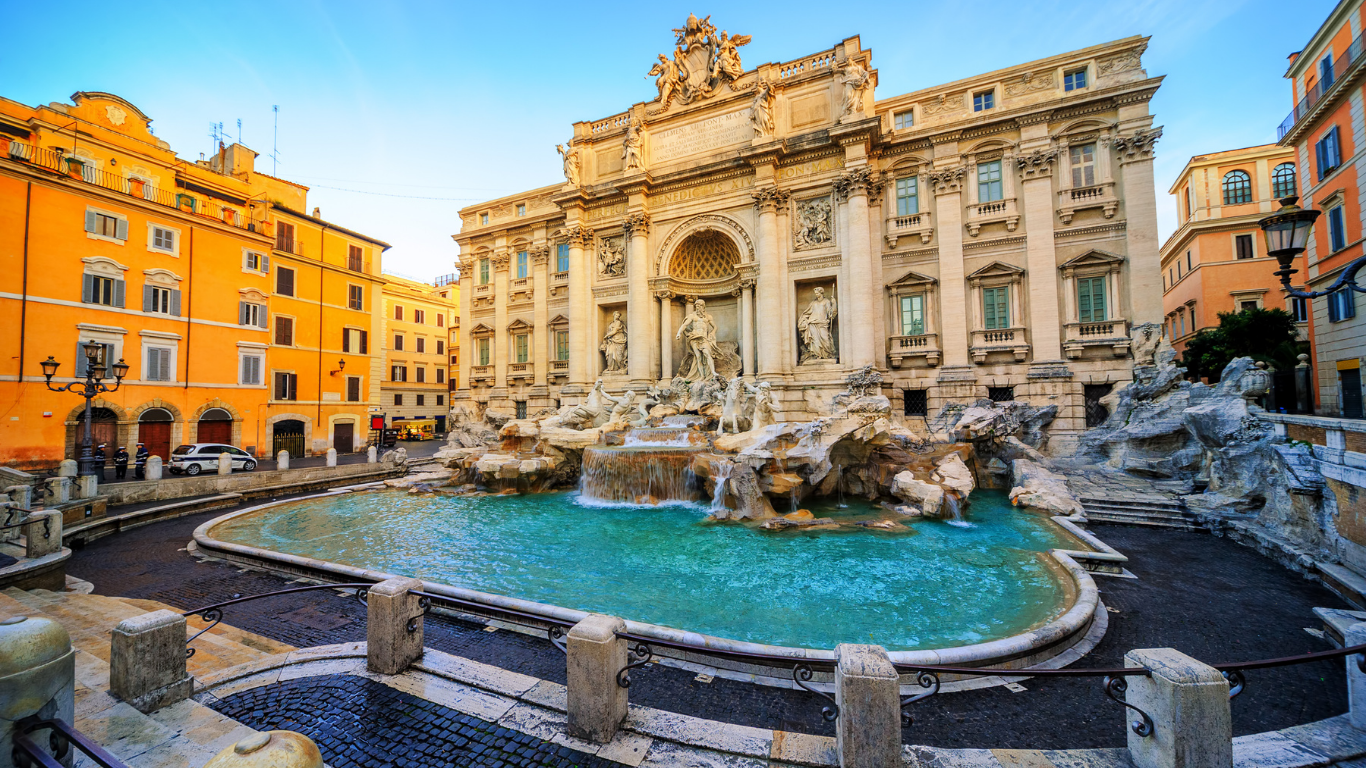
- Why is it exotic? 🤔
Baroque sculptures, flowing water, and that iconic coin toss. - Best time to visit 📅
Very early morning or late night to avoid crowds. - Photography tip 📷
Zoom in on the statues or go wide for full drama.
4. Pantheon
It is arguably the most well-known and significant rotunda in terms of architecture. The Basilica of St. Mary and the Martyrs in Rome is a Catholic church that has been a part of the Pantheon since AD 609. An older temple that had been commissioned by Marcus Vipsanius Agrippa during the reign of Augustus was the location of the Pantheon. Due in great part to its continual use throughout its history, it is among the best-preserved of all the buildings from the Ancient Roman Empire.
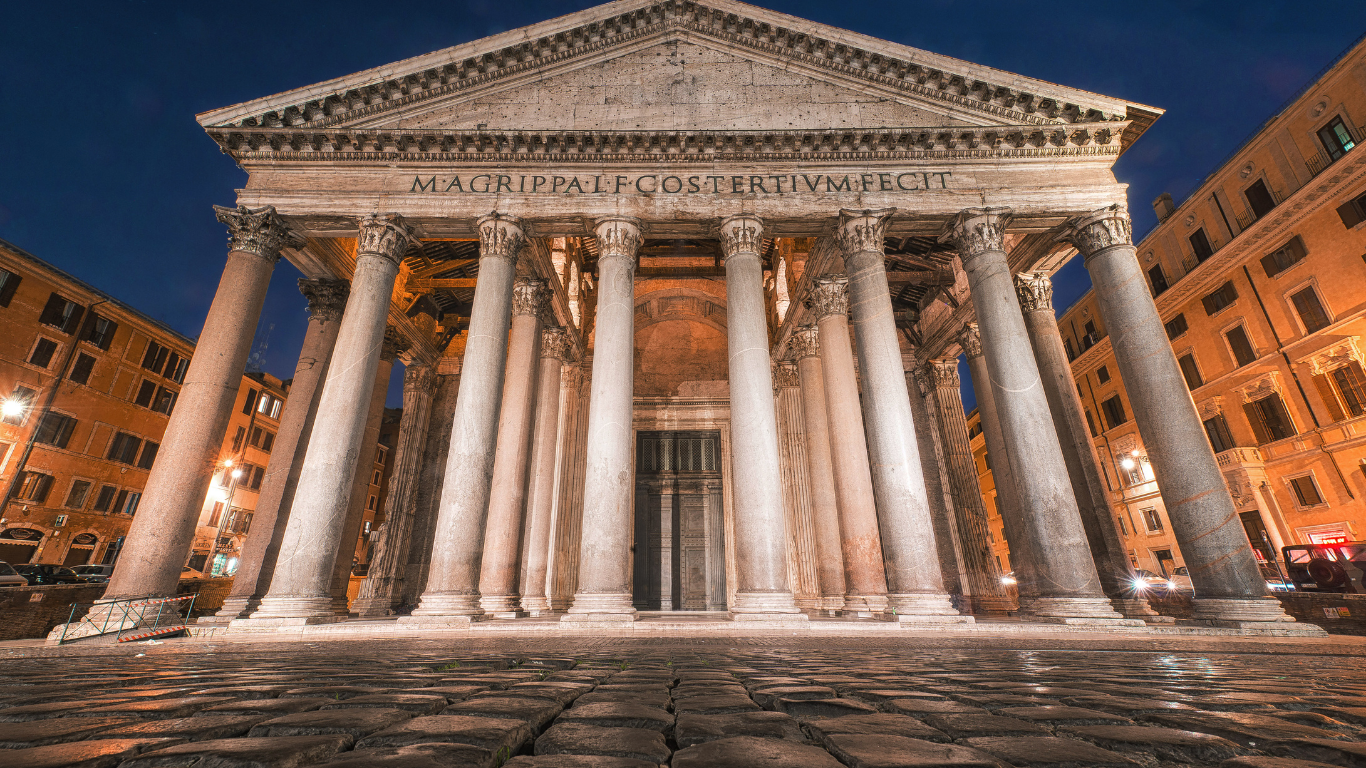
- Why is it exotic? 🤔
A Roman temple with a perfect dome and an open sky view. - Best time to visit 📅
Mid-morning for light pouring through the oculus. - Photography tip 📷
Stand in the center for symmetry or capture the columns outside.
5. Piazza Navona
Built on the site of the Stadium of Domitian in the first century AD, Piazza Navona is a public open space in Rome that takes the shape of the stadium's open area, which is an extended oval. It was called "Circus Agonalis" because the ancient Romans visited it to witness the agones. It developed into a display of Baroque design in the 17th century, featuring pieces by Borromini and Bernini, among others. In front of the Church of Sant'Agnese in Agone is the Fountain of Four Rivers.
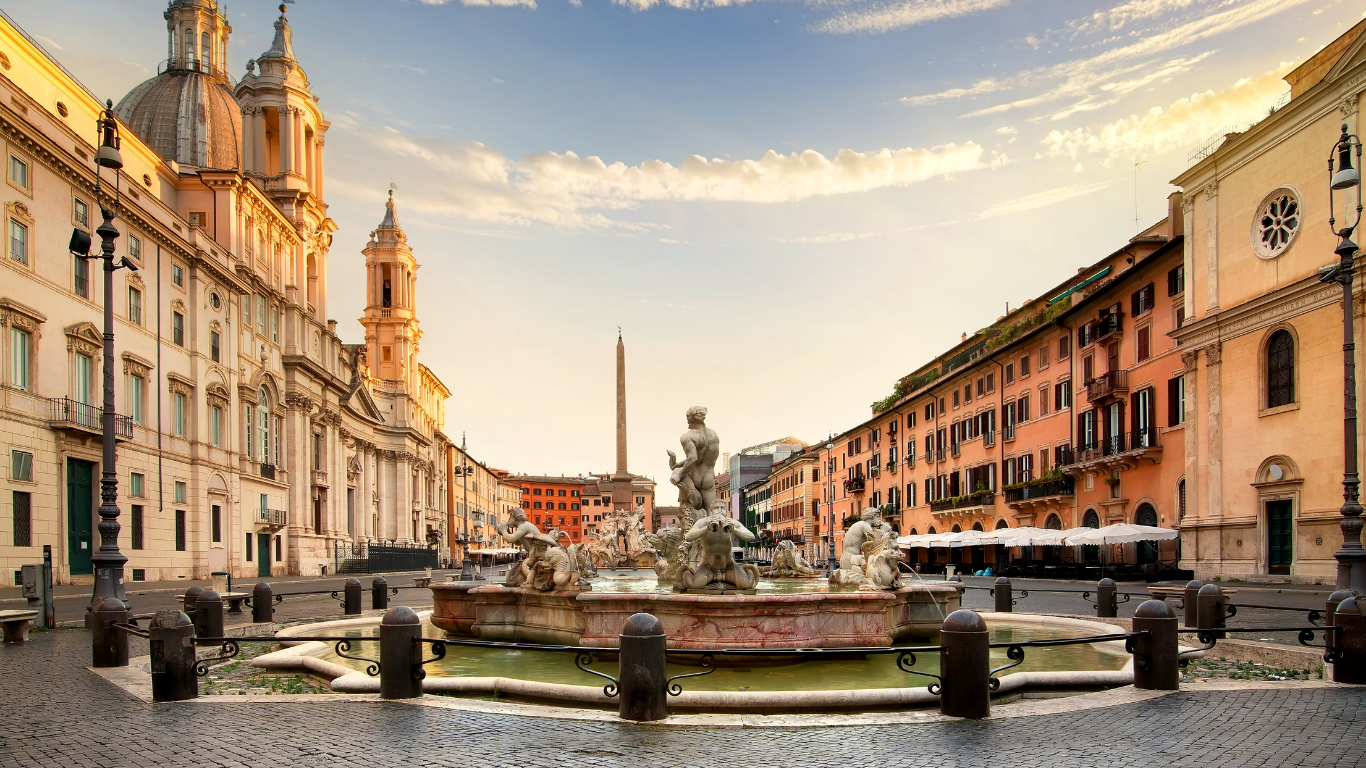
- Why is it exotic? 🤔
A lively square with fountains, artists, and colorful buildings. - Best time to visit 📅
Evening for warm lights and street performers. - Photography tip 📷
Shoot the fountains with people in motion for energy.
6. Vatican & St. Peter’s Basilica
The Papal Basilica of Saint Peter in the Vatican, often known as St. Peter's Basilica, is a High Renaissance Italian basilica situated in Vatican City, a separate microstate inside Rome. Pope Nicholas V and Julius II first envisioned it in the 15th century as a replacement for the deteriorating Old St. Peter's Basilica, which was constructed by Roman Emperor Constantine the Great in the 4th century. The current basilica's construction was finished in 1626, having started in 1506.

- Why is it exotic? 🤔
A spiritual and architectural marvel with grand details. - Best time to visit 📅
Early morning or blue hour after sunset. - Photography tip 📷
Capture the dome from afar or go inside for epic interiors.
7. Spanish Steps
Between Piazza di Spagna at the bottom and Piazza Trinità dei Monti, which is topped by the Trinità dei Monti church, the Spanish Steps in Rome ascend a steep hill. The 135-step majestic staircase is connected to the Spanish Embassy to the Holy See at the Palazzo Monaldeschi at the base of the steps and the Trinità dei Monti church, which is patronized by the French Bourbon kings, at the top. The architects Alessandro Specchi and Francesco de Sanctis created the stairway.

- Why is it exotic? 🤔
Elegant steps with a church on top and flowers in spring. - Best time to visit 📅
Morning before the crowds or sunset for color. - Photography tip 📷
Shoot from the bottom looking up for full depth.
8. Trastevere District
Trastevere is a charming neighborhood in Rome that has many buildings from the Middle Ages, several amazing cathedrals, and eateries and pubs. It is well-known to travelers and appears in all Rome guidebooks, making it a sort of hidden gem. Campo di Fiori and Piazza Venezia are only a short stroll across the Tiber River from the popular Trastevere, which is conveniently located.
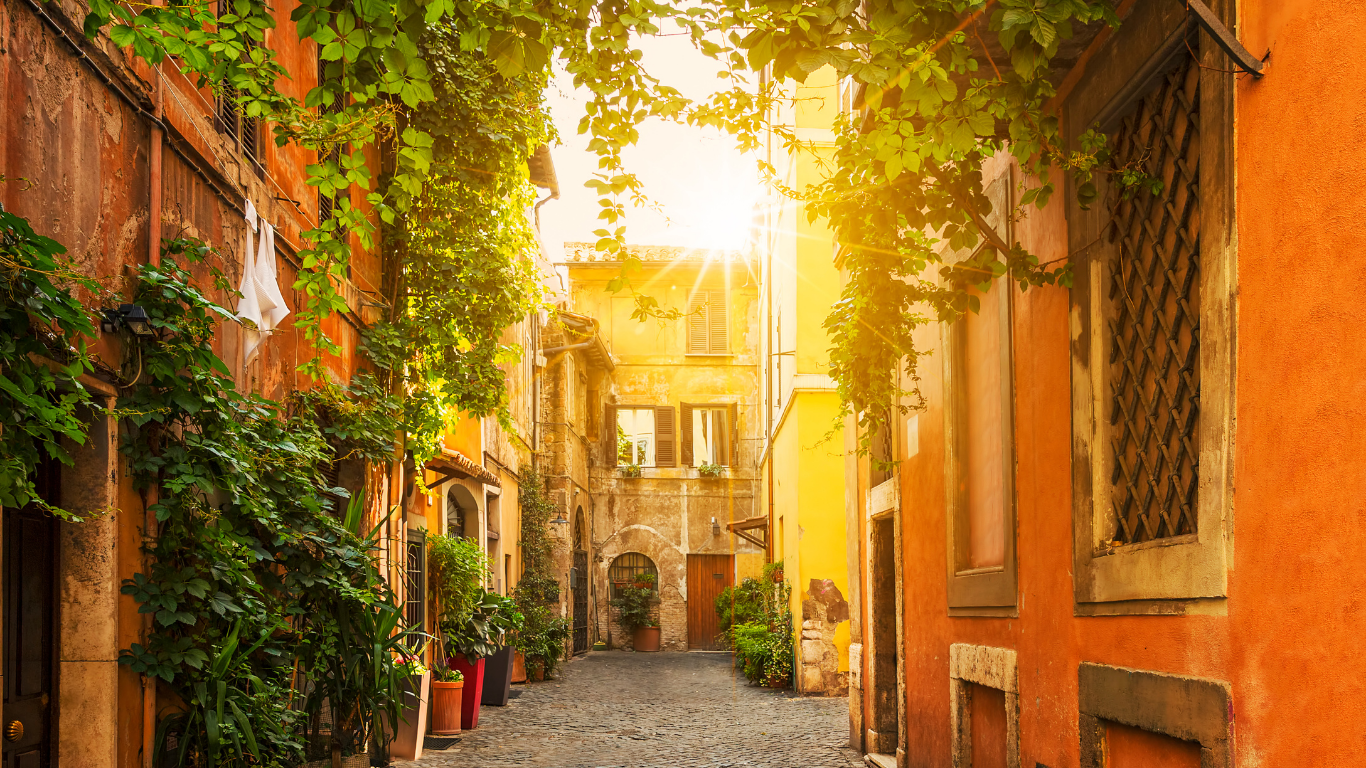
- Why is it exotic? 🤔
Old cobblestone streets with ivy-covered buildings and lanterns. - Best time to visit 📅
Evening, when it glows with life. - Photography tip 📷
Look for shadows, warm lights, and beautiful street scenes.
9. Castel Sant’Angelo
Located in Rome's Parco Adriano, Castel Sant'Angelo is a tall rotunda, or cylindrical structure. Hadrian, the Roman Emperor, originally ordered it to be a mausoleum for himself and his family. Later, the edifice served as a castle and fortification for the popes, and today it is a museum. At one point, it was Rome's tallest skyscraper. Between 134 and 139 AD, Hadrian's Mole, the tomb of the Roman emperor Hadrian, was built on the right bank (or northern margin) of the Tiber.
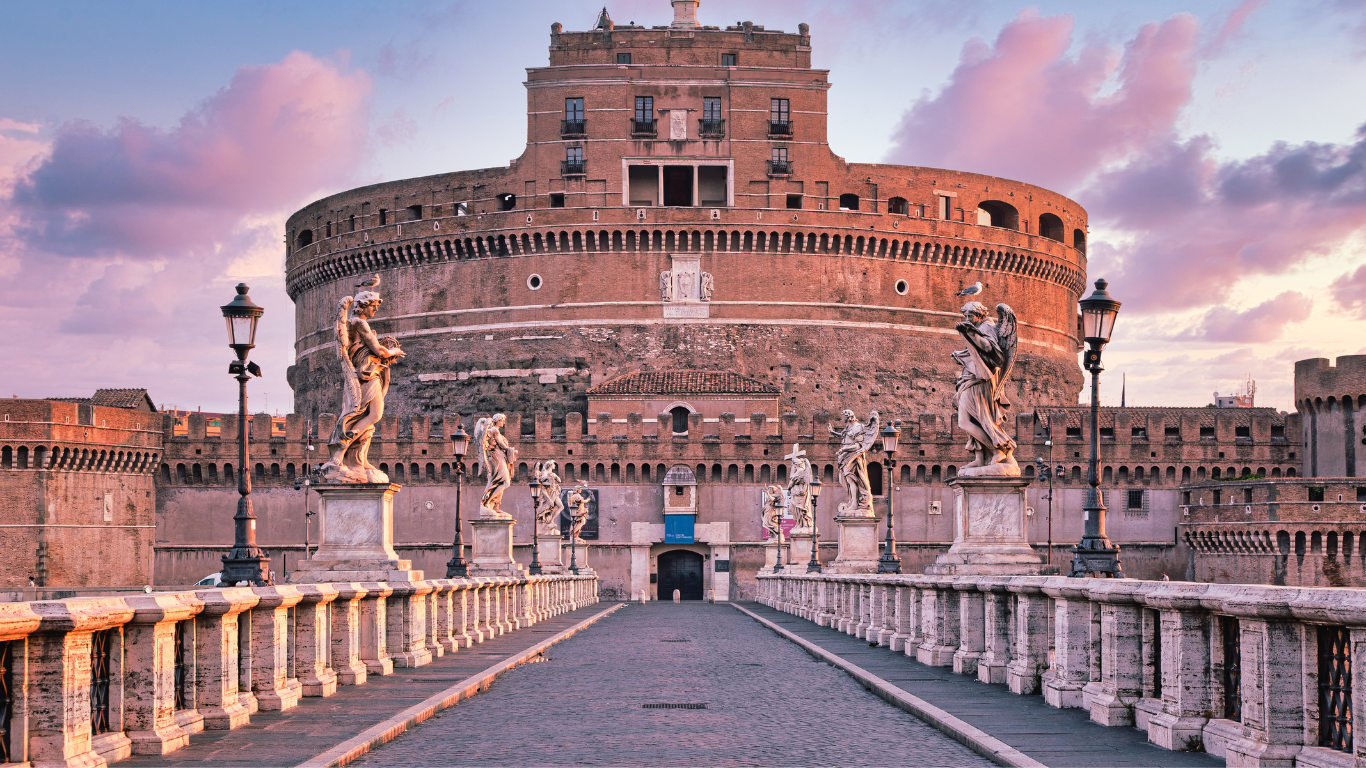
- Why is it exotic? 🤔
A round fortress by the river with dramatic architecture. - Best time to visit 📅
Sunset for light on the stone walls. - Photography tip 📷
Frame it from the bridge with reflections in the water.
10. Villa Borghese Gardens
Rome's Villa Borghese is a landscape garden with several structures, museums, and other attractions. At 80 hectares, it is the third-largest public park in Rome, behind Villa Ada and Villa Doria Pamphili. The architect Flaminio Ponzio created the grounds for the home Borghese Pinciana based on drawings by Scipione Borghese, who used it as a party home, or villa suburbana, on the outskirts of Rome and to store his art collection. The late 19th century saw the reconstruction of the gardens as they are now.
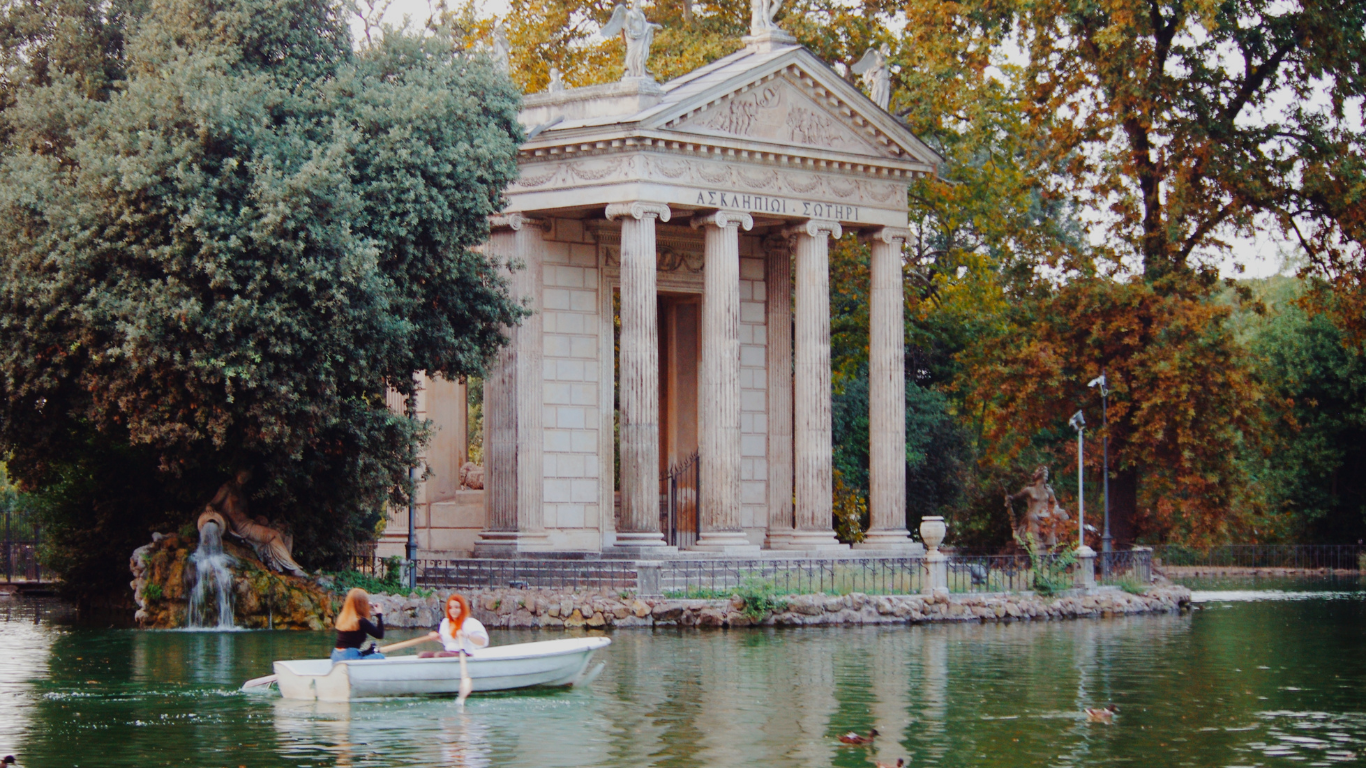
- Why is it exotic? 🤔
A peaceful escape with fountains, statues, and green space. - Best time to visit 📅
Late afternoon, when sunlight filters through the trees. - Photography tip 📷
Focus on small statues, paths, or city views from the hill.
Final Thoughts
These are the top photography spots you won't want to miss in Rome. However, there is much more to see and enjoy, as the city offers endless photo opportunities. Take a walk and explore more, and make both your day and your photos amazing. Hopefully, this guide will help you capture your best moments in Rome.
Ready to explore?
Don’t forget to bring extra storage, as you’ll be taking a lot of photos.
Check Out Our Blog

Where to Take the Best Photos in London? Our 10 Must-See Spots

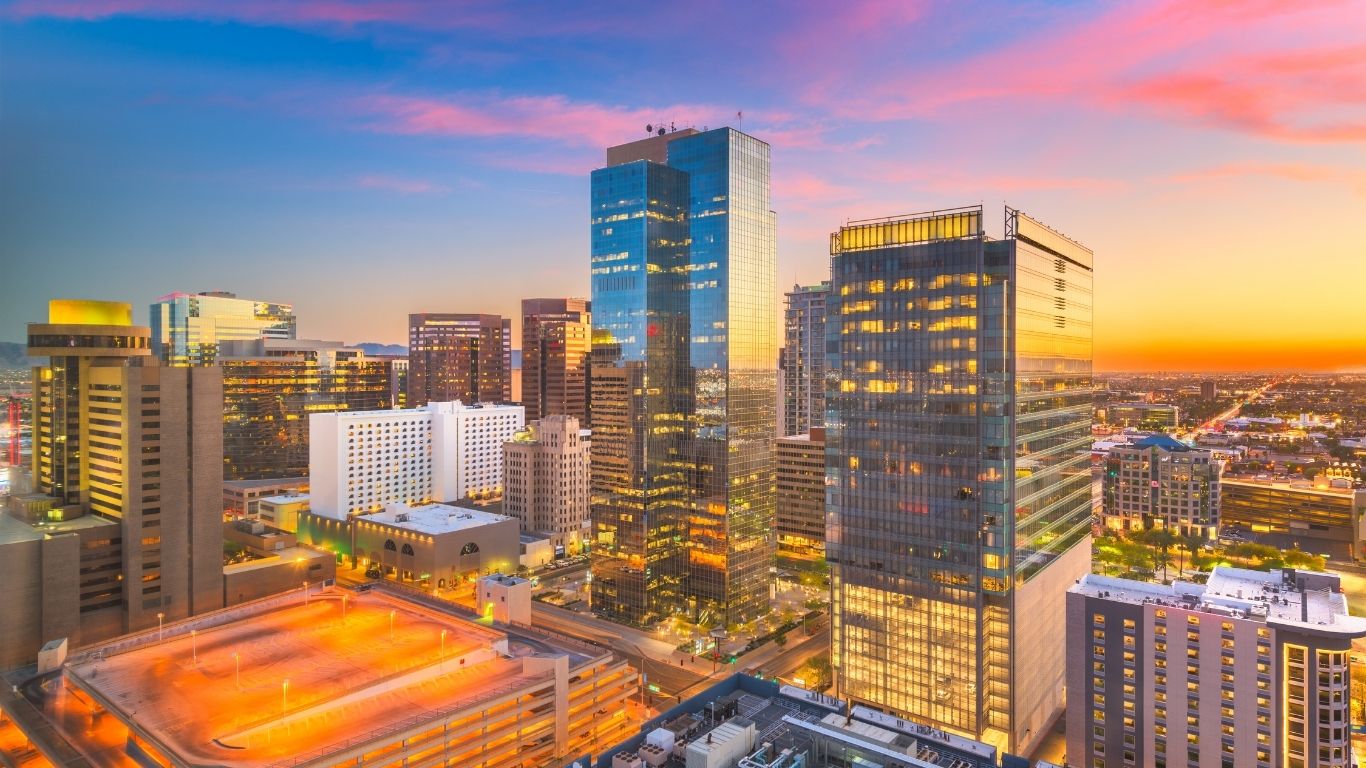
Where to Take the Best Photos in Phoenix? Our 10 Must-See Spots








